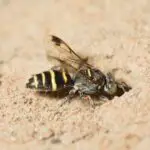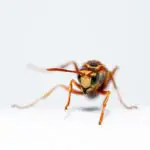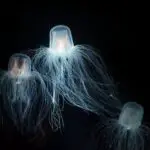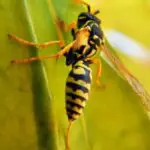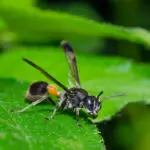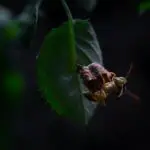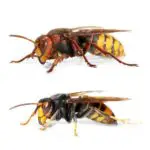How Can Wasps, Ants, and Termites Eat Wood?
Several types of insects, including wasps, ants and termites can chew through wood. They can leave a series of holes, which will vary depending on the species. The holes are a means of providing a place for their young to nest. Termites often leave 10 to 50 holes in an infestation, depending on the species. Carpenter ants do not leave nests in the ground, but rather eat the wood from inside when they hatch.
The horntail wasp, a type of wood insect, is a large, reddish brown or brown insect with yellow markings. They usually nest in the wood of trees, but can also emerge from processed wood. They can be found in the United States and Canada. They are usually quite small and can’t sting humans, but can cause holes in the wood structure of homes and buildings.
The European wood wasp, a type of wasp introduced to the East Coast of the United States, is another wood insect that is a bit more aggressive. It is often found in dead conifer trees. They can make holes in wooden decks and overhangs. The females lay eggs in the wood.
The wasp larva, which takes several years to mature, will develop into an insect with six legs and a silken cocoon. This larva can then chew through anything, including soft metal, carpet, linoleum, and nonceramic floor tiles. They can also leave large exit holes in wallboard.
The female wasp will use an ovipositor to lay eggs in the wood. This device is quite long, and can be longer than the body of the insect.

